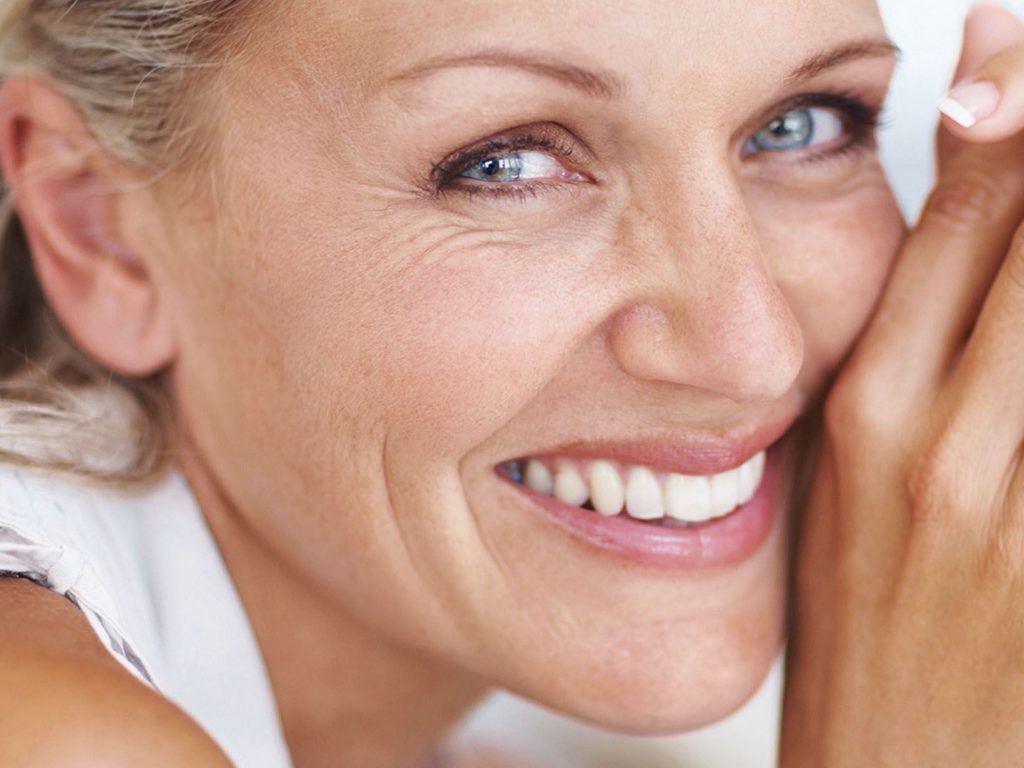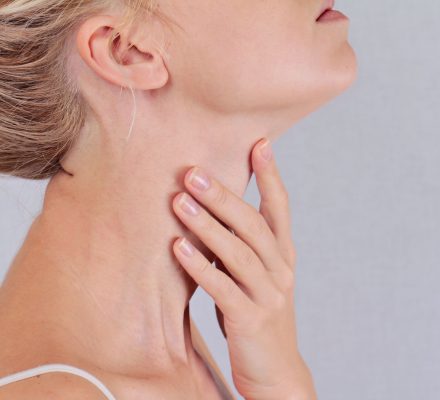After the age of 25, skin degeneration processes begin. We start looking for anti-wrinkle creams, not knowing that the problems of mature skin also include discolorations. What else you should know about mature skin?
 Our skin is aging evenly with our entire body. Just as graying is the sign of hair aging, wrinkles let you know that the skin started aging too. The older you are, the more these changes are visible.
Our skin is aging evenly with our entire body. Just as graying is the sign of hair aging, wrinkles let you know that the skin started aging too. The older you are, the more these changes are visible.
However, these are not all the problems mature skin must struggle with. It’s good to know that with age, the skin loses moisture much faster, and it can show discoloration. Here are the most common problems of mature skin.
The main problem: WRINKLES
The first association when we say “mature skin” is, of course, wrinkles. This is by far the most common problem that arises and deepens with each subsequent year. It happens because, with age, the amount of collagen and elastin, or proteins responsible for skin elasticity, decreases. As a result, the skin begins to flab and lose its youthful firmness. Small wrinkles appear first, and later – deeper furrows.
Of course, this process can be slowed down by using appropriate anti-age cosmetics, rejuvenating oils or various lifting treatments. Unfortunately, it is impossible to stop the process completely.
Wrinkles are not the only problem of mature skin. What else is there to deal with?
mature skin LOSES MOISTURE faster
The ability to bind and accumulate water through the epidermis decreases year by year. To put it simply, mature skin has much more hydration problems. With age, it is more difficult to maintain an adequate level of hydration and thus, dryness occurs. The sebaceous glands are working less and less effectively, so the water does not stay in the skin but escapes from it. This is why the skin of older people is not only more wrinkled but also thinner, rougher and duller. All this is the result of improper hydration and slower regeneration processes.
The only way to remedy this problem is to use intensely moisturizing cosmetics. A cream, a face mask or face serum with hyaluronic acid, urea, panthenol, coenzyme Q10 or vitamin complexes will be very beneficial.
with age, DISCOLORATIONS are likely to appear
Probably many women have heard (more than once) that the common problem of mature skin is age spots. Indeed, they do not look esthetically. Naming such discolorations the age spots raises bad associations, there is another, more pleasant name: the flowers of old age. Discoloration is a very common problem of mature skin, which is the result of post-solar aging. Most often, they appear due to the negative impact of the sun on the skin. In addition, the more time we spend in the sun, the larger the spots become.
Why do they appear at such a late age? To a certain point, our skin can defend itself against solar radiation – melanin is responsible for shielding the skin. Over the years, this is changing, and we tend to pay less attention to additional photoprotection. Older people often drink herbs such as St John’s wort, which may increase the sensitivity of the skin to solar radiation. It all adds up to the effect of discoloration.
The best way to deal with discoloration is prevention, which is the use of protective creams with an SPF. Not only when we go to the beach, but also during the day. The sun can also harm us in the shade, which is why protective cosmetics, hats and light scarves will be useful.
you might notice dangerous MARKS on the skin
Unfortunately, discolorations are not the only problems of mature skin that can multiply over the years. The older we get, the more often more severe marks may appear on our skin. Why is it more dangerous? Because the marks are often cancerous lesions that can cause skin cancer. Of course, you should not panic, because not every mark is dangerous and they do not affect everyone.
In spite of everything, it is worth observing all the yellow-colored spots appearing on the skin, more convex or rough skin lesions as well as moles. Dermatological control is most desirable to exclude any possible health risks. It is also important to protect such places from the sun.
Did you know that…?
All the discussed problems of mature skin may be varied for different people. The pace of wrinkle or discoloration appearance, as well as the degree of the problem, depends on how we take care of our skin after the age of 25.
Unfortunately, we must also be aware that many of the problems mentioned above are hereditary. If our grandmother and mother had problems with proper skin moisturization in their older years, it will most likely affect us as well.
It is worth remembering all aspects that are supposed to have an influence on the condition of the skin in future years – tanning, the use of UV filters, smoking cigarettes, diet low in micro- and macroelements, environmental pollution.



Leave a Reply